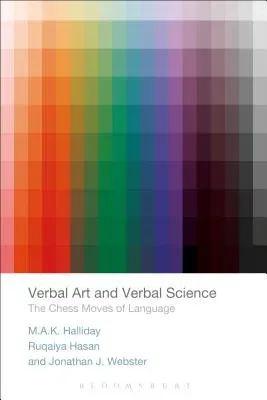Over the course of history, humankind has relied on the power of
language to impose regularities on experience and bring "the environment
more within our power to control." Professor M.A.K. Halliday refers to
this conceptual shifting as "the Knight's move in language."
In this joint work, developed in collaboration with the late Professor
Ruqaiya Hasan and edited by Professor Jonathan J. Webster, metaphor is
used to understand how language manipulates and creates our reality in
very real and powerful ways. Whether it is the "art" in verbal art or
the "science" in verbal science, through the metaphor-making potential
available in language what is being crafted are hypotheses about the
world we experience. The semiogenic power of language is so great that
it enables us to define "the very basic experience of being human".
Halliday adopts Mukarovsky's term "deautomatization" to interpret the
grammar in front of you in ways that go beyond its direct relational
function.
So much scientific theory would not be possible without this semiogenic
potential. It is the ability to reconstrue our commonsense version of
events into a metaphorical world where things can be observed,
investigated and explained. This book highlights the central importance
of grammatical metaphor and realigns the connections between the upper
strata of meaning and the strata below lexicogrammar.

